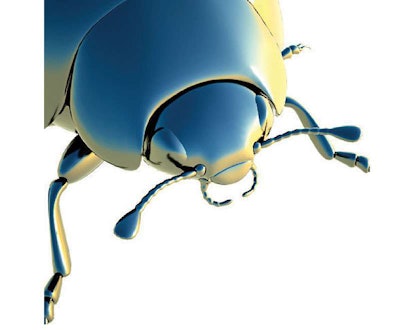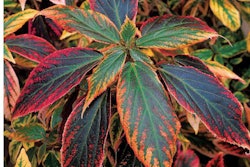
Rotating ‘mode of action’ helps guarantee you’re getting the most from insecticides.
Once you find a product you like, it’s difficult to think about switching. It’s reliable, it does the job effectively and you’re comfortable using it. Marketers call that being brand loyal. However, when it comes to insecticides, using the same product repeatedly can actually provide you with diminishing returns. The best way to guarantee the product on which you’ve come to rely continues to offer the control you’ve come to expect is to stop using it — temporarily.
Take action
Most traditional insecticides work to control or eliminate insects by interfering with their nervous systems. Depending on chemical class, pesticides affect nervous systems in different ways. “Mode of action” describes how they do this.
Cholinesterase inhibitors, for example, interfere with nerve impulses by tying up the molecules required to stop the impulse, resulting in the insect’s inability to distinguish from real and imagined impulses. Insecticides in the organophosphate and carbamate group use this mode of action. Chloronicotinyls, another chemical class, affect the nervous system in a different way, by blocking receptor sites. Imidacloprid uses this mode of action.
Over time, using chemicals in the same class can result in insects building a resistance to the active ingredient in the insecticides, according to Pat Vittum, professor of entomology at the Universityof Massachusetts.
“Insects can develop the ability to break down insecticides with repeated use, making it necessary to switch to a whole new chemical class of insecticide for good control,” Vittum says.
So if you use bifenthrin (a pyrethroid) and then switch to cyfluthrin (another pyrethroid), as far as the insect is concerned, you are still using the same mode of action.
“If an insect develops resistance to one insecticide in a given chemical class, it normally automatically develops resistance to others in the same class (or mode of action),” Vittum says. “So knowing the mode of action is important so the turf manager can avoid its repeated use.”
Alternate ending
A wise management strategy is to use more than one mode of action, normally by alternating from one to another. Rotating insecticides from different chemical classes is especially important on properties that require more than a single application in a season.
“Avoid using the same mode of action in consecutive applications, and avoid using the same mode of action several times in a growing season,” Vittum says.
Fit Turf, a Denver-based lawn care company that services 3,500 clients, evaluates insecticide resistance on a case-by-case basis. For properties that receive insect control applications only once or twice a year, rotation of insecticide isn’t an issue, according to sales manager Michael Snyder.
“When it’s more than that, we are careful to rotate products to avoid resistance altogether, especially since we use a lot of products that have imidacloprid (a chloronicotinyl) and bifenthrin (a pyrethroid),” Snyder says.
Vittum warns turf managers to be especially mindful of mode of action when dealing with chinchbugs and weevils — two insects that have demonstrated their ability to become accustomed to active ingredients in the pyrethroid class of chemicals.
“The most common examples of resistance in turf involve southern chinch bugs resistant to pyrethroids and annual bluegrass weevil, also resistant to pyrethroids,” Vittum says. “I have not yet heard of any confirmed cases of resistance to neonicotinoids, in spite of the fact they have been used for many years in many locations.”










